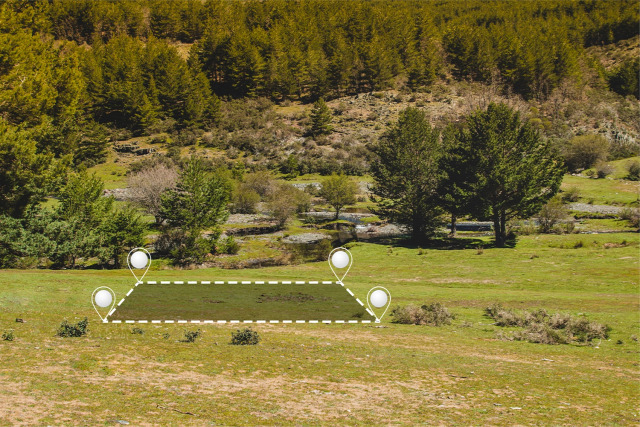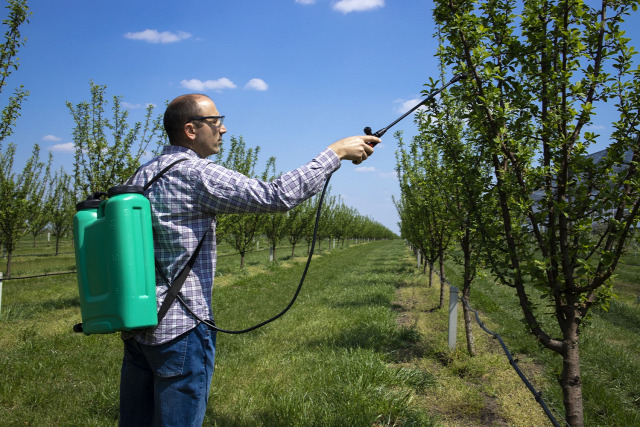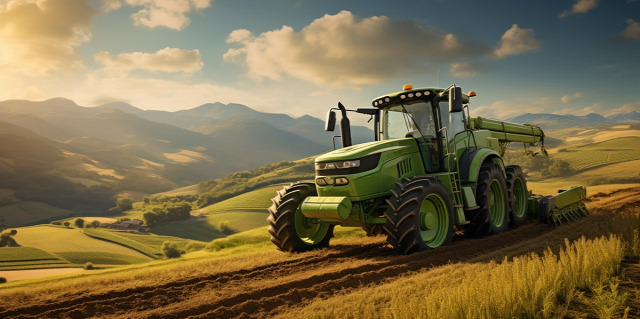
In the age of precision agriculture, the integration of advanced imaging sensors has revolutionized farming practices by providing real-time insights into crop health, soil conditions, and environmental factors. Agriculture Imaging Sensors, ranging from multispectral cameras to hyperspectral imagers and thermal sensors, enable farmers to make data-driven decisions, optimize resource allocation, and maximize crop yields. As the demand for precision farming technologies continues to soar, the global market for agriculture imaging sensors is witnessing unprecedented growth and innovation.
Role of Imaging Sensors in Agriculture
Agriculture Imaging Sensors serve as the eyes of precision agriculture, capturing detailed imagery of farmland and crops across the electromagnetic spectrum. These sensors collect data on various parameters such as chlorophyll content, water stress, nutrient levels, pest infestations, and soil moisture, allowing farmers to assess crop health, diagnose issues, and implement targeted interventions. By integrating imaging sensor data with geographic information systems (GIS) and data analytics platforms, farmers can gain actionable insights to optimize inputs, reduce waste, and enhance sustainability.
According to the BIS Research Report, the Global Agriculture Imaging Sensor Market for agriculture was valued at $,1349.9 Million in 2023, and it is expected to grow at a CAGR of 15.10% during the forecast year (2023-2033) and reach $5,509.7 Million by 2033.
Key Market Dynamics
Several factors are driving the growth of the global agriculture imaging sensor market:
Adoption of Precision Agriculture Practices:
- Increasing adoption of precision agriculture techniques.
- Utilization of satellite imaging, drones, and ground-based sensors.
- Farmers aim to maximize productivity and efficiency.
- Agriculture imaging sensors provide high-resolution imagery.
- Essential for crop monitoring, mapping, and management.
Technological Advancements and Product Innovation:
- Advances in sensor technology, miniaturization, and data processing.
- Development of more affordable and reliable imaging sensors.
- Sensors are now more user-friendly.
- Expanded application scope across diverse cropping systems.
- Suitable for various climates and farm sizes.
Growing Demand for Remote Sensing Solutions:
- Increasing demand for remote sensing solutions in agriculture.
- Need for real-time monitoring and early detection of crop stress.
- Precision application of inputs is essential.
- Agriculture imaging sensors offer non-destructive data collection.
- Indispensable tools for optimizing farm management and decision-making.
Download FREE Detailed Sample PDF Report on Agriculture Imaging Sensor Market Report by BIS Research.
Agriculture Imaging Sensor Market Segmentation
Segmentation by End User:
- Agriculture Robot Manufacturer
- Agriculture Drone Manufacturer
- Livestock Monitoring Equipment Manufacturer
Segmentation by Product:
- RGB Sensor
- Hyperspectral Sensor
- Multispectral Sensor
- Others
Global Regional Outlook
The North American market of agriculture imaging sensor is experiencing a significant growth rate, characterized by a competitive environment with several key players. Companies such as Teledyne DALSA, Phototerra, and Surface Optics Corporation are major contributors to the market. The market is highly fragmented, with intense competition among major players such as Canon Inc., Samsung, Sony, and others. While fostering innovation, this competitive environment also puts pressure on pricing and market share, making it challenging for new entrants and smaller companies to establish a foothold.
Future Market Challenges and Opportunities
While the global market of agriculture imaging sensors holds immense potential for growth and innovation, challenges such as data management and interpretation, sensor integration with existing farm machinery, and cost constraints remain. However, ongoing efforts to address these challenges, along with advancements in sensor technology, data analytics algorithms, and connectivity solutions, present opportunities for market expansion and penetration. By collaborating with stakeholders across the agricultural value chain, fostering digital literacy among farmers, and leveraging emerging technologies such as artificial intelligence and Internet of Things (IoT), the agriculture imaging sensor market can continue to drive efficiency, sustainability, and resilience in farming practices worldwide.
Conclusion
The Global Agriculture Imaging Sensor Industry represents a cornerstone of precision agriculture, enabling farmers to visualize and analyze their fields with unprecedented detail and accuracy. By harnessing the power of imaging sensors, farmers can make informed decisions, optimize inputs, and maximize yields while minimizing environmental impact and resource waste. As the adoption of precision agriculture practices accelerates globally, the agriculture imaging sensor market is poised to play an increasingly pivotal role in shaping the future of farming, driving innovation, and ensuring food security for generations to come.





